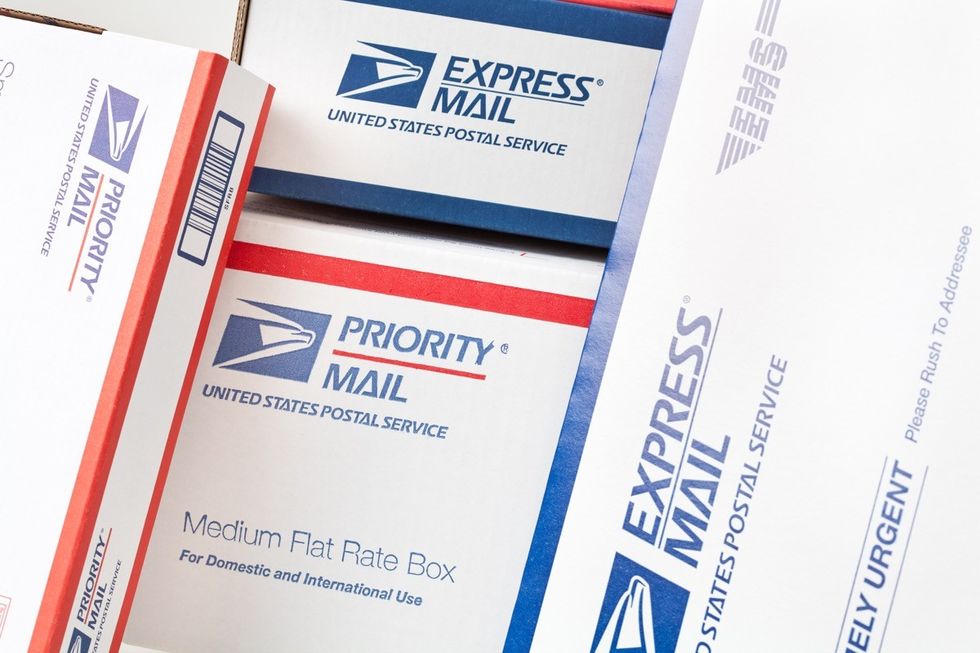Any time you ship items through the United States Postal Service (USPS), you're presented with the option to insure your package or add extra protective services. However, it can be hard to know when it makes sense to spring for the extra expense and when your parcel is likely safe without the added protection. That's why we spoke with Robert Khachatryan, CEO and founder of Freight Right Global Logistics, based in Southern California. He's shared five scenarios in which adding USPS insurance isn't worth the cost, based on an analysis of insurance claim data and risk assessment models.
"In cases where the potential loss does not financially justify the cost of insurance, or when the likelihood of a claim being needed is statistically low, insuring through USPS may not be the most cost-effective approach," he explains.
Wondering when you should skip the insurance and keep that money in your pocket? These are the top five times you shouldn't bother adding insurance coverage through USPS.
RELATED: 6 Mailbox Tips to Protect Your Packages and Letters.
You're shipping a low-value item.
 Chizhevskaya Ekaterina
Chizhevskaya EkaterinaWhen you're shipping a high-value item via USPS, the insurance cost is well worth your peace of mind. For instance, sending a package valued between $500 and $600 will cost just $12.15 to insure. For items up to $5,000 in value, add $1.85 in insurance fees for every additional $100 of value over $600. If an expensive item goes missing, that's a small price to pay.
However, Khachatryan says that there's no need to purchase insurance for items of low value. "For shipments whose value is below the standard USPS insurance coverage amount, additional insurance is often an unnecessary cost," the shipping executive says. This means that anything under $50 can reasonably be sent without insurance.
The shipping route is highly reliable.
 Shutterstock
ShutterstockIf you ship items regularly—let's say for an online business—you may be able to determine whether insurance is necessary based on the reliability of the shipping route. Though USPS doesn't provide this information, you can collect your own data on where packages tend to go missing or become damaged. "On routes with historical delivery success rates exceeding 99 percent, the additional insurance premium may not justify the already low risk," says Khachatryan.
You can also ballpark the delivery time for Priority Mail using this USPS delivery map. The longer your item will spend in transit, the more opportunities it will have to get lost or damaged.
The carrier is already providing coverage.
 iStock
iStockThere are some inclusive mailing plans in which USPS provides insurance or extra services such as signature upon delivery, free of further charge. "If the carrier already provides a basic coverage that equals or exceeds the item's value, further insurance becomes redundant," Khachatryan notes.
USPS Ground Advantage, Parcel Select, and Priority Mail are all prime examples of mailing plans that don't require extra insurance for this reason.
Your items are at low risk of damage.
 iStock
iStockAnother time you can skip adding USPS insurance is when the item is at low risk of becoming damaged. For instance, if you own a t-shirt business and typically ship your shirts in airtight mailers, the odds are in your favor that your packages will arrive unharmed at their final destination.
"Items that are not fragile or high-risk and have a damage incidence rate below 0.5 percent may not require additional coverage," the shipping expert says.
There are cost-prohibitive premiums.
 iStock
iStockKhachatryan says that the final way to decide whether to add USPS insurance is to compare the insurance premium with the item's value.
"When the insurance premium surpasses 10 percent of the item's value, especially for low-margin products, it can make more financial sense to self-insure," he says. This means setting aside a certain amount of money to cover unexpected package losses on your own, rather than protecting the value of an individual package.
For more money saving tips sent directly to your inbox, sign up for our daily newsletter.





